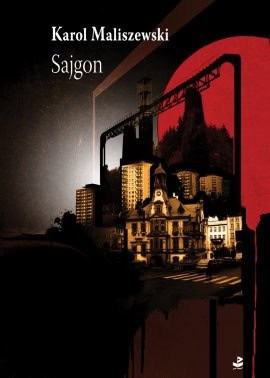Edgar Allan Poe – The Raven

Poe’s raven is a distinct conception; the incarnation of a mourner’s agony and hopelessness; a sable embodied Memory, the abiding chronicler of doom, a type of the Irreparable. Escaped across the Styx, from „the Night’s Plutonian shore,” he seems the imaged soul of the questioner himself — of him who can not, will not, quaff the kind nepenthe, because the memory of Lenore is all that is left him, and with the surcease of his sorrow even that would be put aside.
(…) The tone of the highest Beauty is one of Sadness. The most melancholy of topics is Death. This must be allied to Beauty. „The death, then, of a beautiful woman is, unquestionably, the most poetical topic in the world,—and equally is it beyond doubt that the lips best suited for such a topic are those of a bereaved lover.”
(…) The components of The Raven are few and simple: a man, a bird, and the phantasmal memory at a woman. But the piece affords a fine display of romantic material. What have we? The midnight; the shadowy chamber with its tomes of forgotten lore; the student — a modern Hieronymus; the raven’s tap on the casement; the wintry night and dying fire; the silken wind-swept hangings; the dreams and vague mistrust of the echoing darkness; the black, uncanny bird upon the pallid bust; the accessories of violet velvet and the gloating lamp. All this stage effect of situation, light, color, sound, is purely romantic, and even melodramatic, but of a poetic quality that melodrama rarely exhibits, and thoroughly reflective of the poet’s „eternal passion, eternal pain.”
(…) In the following pages, we have a fresh example of an artist’s genius characterizing his interpretation of a famous poem. Gustave Doré, the last work of whose pencil is before us, was not the painter, or even the draughtsman, for realists demanding truth of tone, figure, and perfection. Such matters concerned him less than to make shape and distance, light and shade, assist his purpose,—which was to excite the soul, the imagination, of the looker on. This he did by arousing our sense of awe, through marvellous and often sublime conceptions of things unutterable and full of gloom or glory. (…) Plainly there was something in common between the working moods of Poe and Doré. źródło opisu: From "Comment on the poem" by Edmund C. Stedman źródło okładki: zdjęcie autorskie
- Wydawnictwo:
- Project Gutenberg
- data wydania:
- 30 listopada 2005
- ISBN:
- 0000000000
- liczba stron:
- 30
- słowa kluczowe:
- fantastyka , groza , ilustracja książkowa
- kategoria:
- poezja
- język:
- angielski





